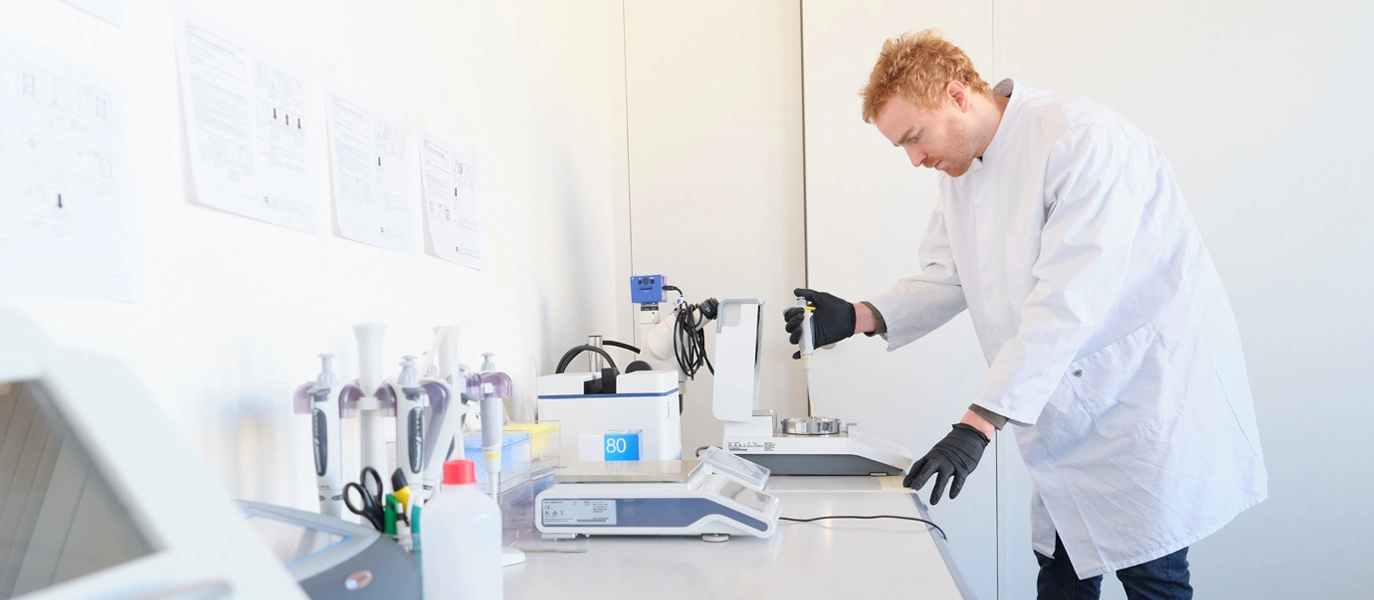
career
Working for Helbling Technik
Project Engineer
Your workday begins with your project team’s 30-minute stand-up meeting, where the state of the work and the next steps are discussed. You present your work to the team: you spent the last two days working on the assembly of a functional model and can proudly inform the project team that the commissioning of the functional model was successful. The test planning is discussed again and adapted. You are given the job of deriving a physical model from a function and simulating it with MATLAB before testing starts. This should lead to a better assessment of the expected results. The rest of the morning involves creating a simulation model and carrying out simulation testing. The afternoon begins with discussing ideas for a new project. The project manager has invited six colleagues from various fields of specialisation. You warm up with a conventional brainstorming. The ideas presented are then given the 6-3-5 method. Afterwards, you finalise the morning’s simulation work and start the first tests with the functional model with the plans you’ve prepared. Towards the end of the workday, you sit down with the project manager and discuss the results of the simulation and the first tests.
Project Lead
This morning, you are scheduled for a 10:00 am meeting with the customer, to provide information on the state of the work and to discuss the next steps. You therefore start the day by adding your project team’s most recent input to the presentation. The meeting goes successfully and you return to the office after lunch with the customer’s project manager. In the afternoon, you write up the minutes to the meeting and have them sent to the customer. At 15:30, there’s a meeting scheduled for the project team. You prepare this and consider the project team’s next steps. At the meeting, you allocate the tasks associated with these steps to the project team members. Afterwards, you’re scheduled for another telephone conference with the project’s selected production partner. There are problems with a plastic part that does not yet meet requirements. In English, you and the supplier discuss suggestions for the development’s possible optimisation. During the conversation, however, it becomes clear that a meeting at the customer’s place of business will be unavoidable. At the end of the day, you schedule a two-day business trip for the following week to meet with the supplier.
Head of Development (Team)
The good relationship with the customer, and the productive conversation with him at the trade fair last week, have brought fruit: you’ll pitch your ideas to the customer’s entire development team next week, so you begin the day today by preparing for your presentation. The customer asked for specific expertise, which means that one part of the presentation must be completely redone. Next up is the weekly project meeting with your three colleagues. Here, you’ll be comparing employee workloads. It’s necessary to coordinate how last week’s newly-won project is to be brought into the organisation. After lunch, you have a meeting with one of your project managers, scheduled at short notice. You’ll discuss the handling of new demands that the project team has been given by the customer’s marketing department. After summing up the situation, you decide to prepare an additional strategy and a supplemental quote. These documents will help you illustrate to the customer the additional work and the added costs arising from the new circumstances, and give the customer the information it needs to make a decision. You’ll spend the rest of the day working on this quote and preparing an accompanying presentation.